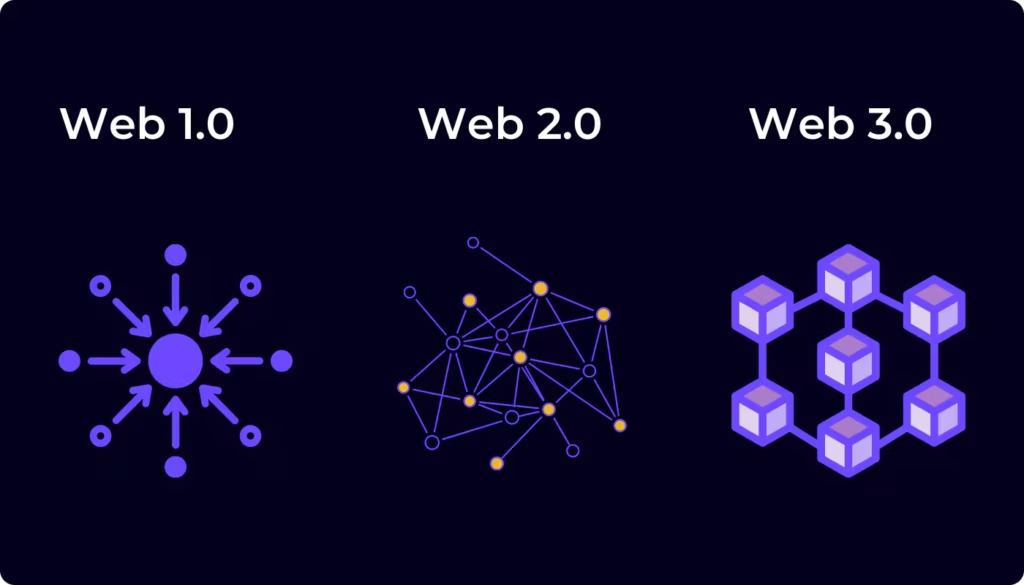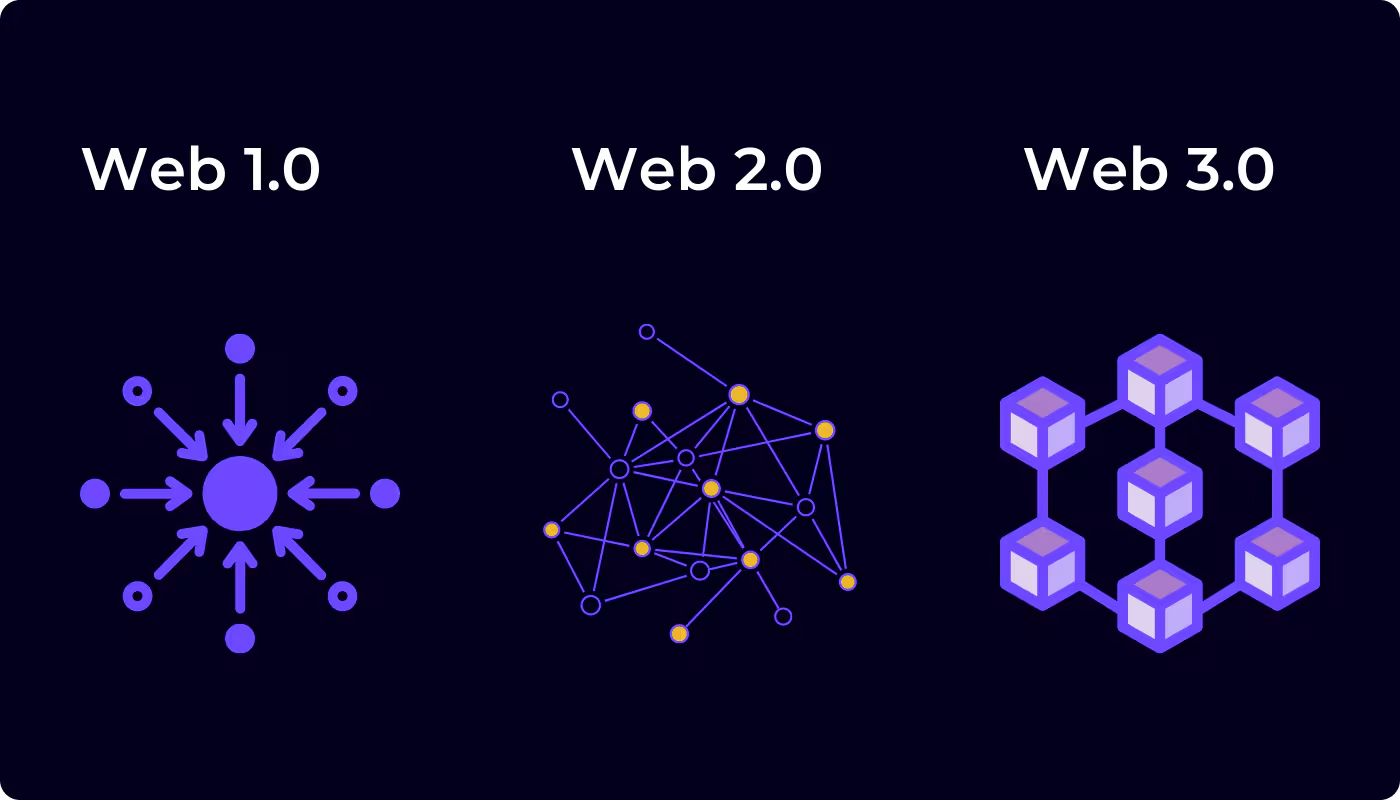The world of gaming is undergoing a seismic shift—tokenized gaming powered by blockchain and Web3 technologies is transforming not only how games are played but how they’re monetized, owned, and valued.
From play-to-earn to NFT-based economies, tokenized gaming introduces new economic dynamics that blur the lines between entertainment, work, and investment. But how exactly does this new economy work? And is it sustainable?
In this blog post, we dive deep into the economics behind tokenized gaming—exploring its revenue models, incentives, token utility, NFT ownership structures, and its long-term implications Web3 Gaming Economy.
🔍 What Is Tokenized Gaming?
Tokenized gaming refers to the use of digital tokens (cryptocurrencies and NFTs) within video games to represent in-game assets, currency, or player ownership.
These tokens live on the blockchain, ensuring verifiable ownership, scarcity, and tradability, which unlocks new monetization models and economic dynamics for both developers and players.
🧱 Core Pillars of Tokenized Gaming Economics
To understand tokenized gaming, let’s break down its economic foundation into four pillars:
- Game Tokens (Utility + Governance)
- NFT-Based Digital Assets
- Play-to-Earn Incentives
- Open Market Economies
🪙 1. Game Tokens: The Currency of Virtual Worlds
Most tokenized games have a dual-token model or a single in-game cryptocurrency. These tokens have utility within the game and may also serve governance functions.
Common Types of Tokens:
- Utility Tokens: Used for in-game purchases, upgrades, or staking.
- Governance Tokens: Provide voting power in a decentralized autonomous organization (DAO).
Example:
In Axie Infinity, SLP (Smooth Love Potion) is used for breeding Axies, while AXS is used for governance and staking.
Economic Impact:
- Tokens create liquidity for digital game economies.
- Speculative demand can inflate or destabilize value.
- Developers can fundraise via token sales (IDOs/ICOs) instead of relying solely on investors or publishers.
🎨 2. NFTs: True Ownership of In-Game Assets
In tokenized gaming, NFTs (non-fungible tokens) represent unique items such as:
- Skins
- Weapons
- Characters
- Land
- Collectibles
Because NFTs are stored on-chain, players can buy, sell, or trade them freely—often on marketplaces like OpenSea or Magic Eden.
Economic Benefits:
- Players can resell items, unlike traditional games where items are locked.
- Scarcity drives value—limited-edition NFTs can appreciate over time.
- Interoperability: The same NFT may be used across multiple games.
Challenge:
NFT prices can be volatile and highly speculative, introducing investment risk into what was once purely a leisure activity.
💼 3. Play-to-Earn (P2E): Income Through Gameplay
The play-to-earn model rewards players with tokens or NFTs for completing tasks, winning battles, or simply spending time in the game.
Key Elements:
- Reward tokens earned through gameplay
- Marketplaces where assets can be sold or traded
- Staking mechanics that allow token holders to earn passive income
Real-World Example:
During the peak of Axie Infinity, some players in the Philippines were earning more than their country’s average monthly income by grinding battles.
Economic Downside:
- P2E is often unsustainable if token inflation outpaces demand.
- If new users stop entering, the economy collapses (a “Ponzinomics” issue).
- Developers must balance inflationary pressure with ongoing utility.
🏛️ 4. Open Market Economies in Gaming
Traditional games operate in closed ecosystems where developers retain control over all assets. Tokenized gaming flips this model:
- Players can earn and sell in-game items for real money.
- Tokenized economies mimic real-world markets, with supply, demand, and speculation.
Features:
- Dynamic pricing: Prices of in-game assets fluctuate like stocks.
- Secondary markets: Players earn through flipping NFTs.
- DAO governance: Community votes on future updates or tokenomics changes.
Risks:
- Economic inequality can emerge where rich players dominate.
- Speculation-driven models may prioritize earning over gameplay enjoyment.
📊 Tokenomics 101: How Game Tokens Gain (or Lose) Value
Tokenomics refers to the economic design of a token system. A well-designed tokenized game includes:
- Scarcity mechanisms (limited supply, burn models)
- Utility and demand drivers
- Incentives for holding vs. selling
- Token sinks (features that remove tokens from circulation)
Poor Tokenomics = Failure
Many early P2E games failed because:
- Reward tokens had infinite supply.
- No real demand beyond player rewards.
- Over-reliance on new user growth for sustainability.
Good tokenomics aligns incentives for players, developers, and investors.
📈 Revenue Models in Tokenized Games
Tokenized games don’t just sell copies of games—they create multi-layered revenue streams:
For Developers:
- Initial NFT and token sales (IDOs)
- Transaction fees on marketplaces
- Secondary royalties on NFTs
- Token staking rewards and burns
For Players:
- Play-to-earn rewards
- Asset flipping and speculation
- Renting out in-game NFTs
- Guild systems for revenue-sharing
This model turns games into mini-economies, with value flowing in multiple directions.

🌐 GameFi and the DeFi Connection
GameFi (Gaming + DeFi) is the intersection of gaming and decentralized finance. In this model, players can:
- Stake tokens
- Earn yield through liquidity mining
- Collateralize NFTs for loans
This adds a new financial layer to gaming—players aren’t just gamers, they’re also DeFi users.
🧩 Tokenized Gaming vs Traditional Gaming: A Quick Comparison
| Feature | Traditional Games | Tokenized Games |
|---|---|---|
| Asset Ownership | Developers | Players (via NFTs) |
| Monetization | Game Sales, DLCs, Ads | Token/NFT sales, royalties |
| Resale Value | None | High (if NFT market exists) |
| Player Income | No | Yes (P2E, trading) |
| Governance | Centralized | Decentralized (DAO) |
⚖️ Is Tokenized Gaming Sustainable?
This is the most debated topic.
Pros:
- Empowers players financially
- Incentivizes time and skill
- Decentralizes control
- Creates new job opportunities
Cons:
- Speculation leads to boom-bust cycles
- Focus on earning may hurt gameplay quality
- Requires complex economic balancing
- Regulatory uncertainty
Games like Star Atlas, Illuvium, and Shrapnel are trying to build long-term sustainable ecosystems with better tokenomics, storylines, and gameplay.
🔮 The Future of Tokenized Gaming
As blockchain technology matures, the next wave of tokenized games will:
- Prioritize fun over finance
- Use layer-2 solutions for scalability
- Offer cross-game economies and interoperable NFTs
- Combine AI, VR, and Web3 for immersive experiences
Mainstream studios like Ubisoft, Square Enix, and Epic Games are already exploring NFT integrations—indicating that tokenized gaming is more than a trend.casinibiz.in
✅ Final Thoughts: A New Economic Frontier for Gamers
Tokenized gaming introduces a bold new vision of economic empowerment through play. While challenges remain—especially around sustainability and speculation—the underlying potential is massive.1bitplay.co
It flips the traditional model, rewarding gamers not just with entertainment but with ownership, opportunity, and real-world value1bitplay.in.
Whether you’re a gamer, investor, or developer, understanding the economics behind tokenized gaming is essential in the Web3 era.1BitPlay.io

